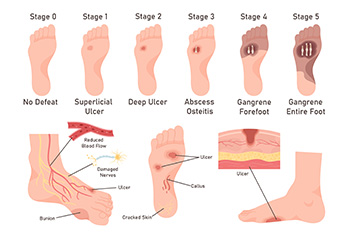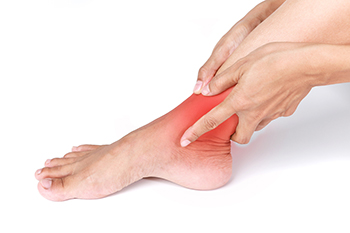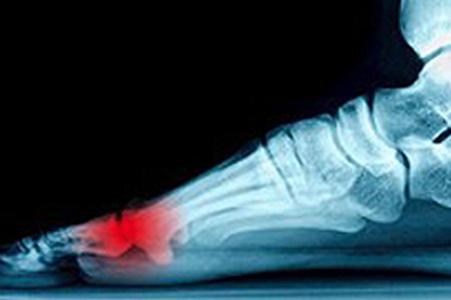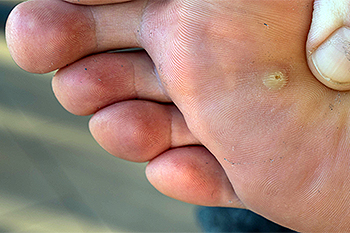
A foot ulcer is an open sore that can affect the surface skin or extend deep enough to reach tendons, bones, or other structures. People with diabetes, poor circulation, nerve damage, or foot deformities face a higher risk of developing ulcers. Nerve damage can make it hard to notice injuries like cuts or pressure spots, especially when wearing shoes that rub against the skin. Poor circulation slows healing by limiting the oxygen that reaches tissues in the foot. If left untreated, a foot ulcer may become infected, sometimes leading to an abscess, cellulitis, or a bone infection. In severe cases, it can cause tissue death or result in limb loss. Early care by a podiatrist focuses on diagnosing the cause of the ulcer, removing dead tissue, if needed, and helping to prevent infection. If you have developed a foot ulcer that will not heal, it is suggested that you schedule an appointment with a podiatrist for an exam and appropriate treatment options.
Wound care is an important part in dealing with diabetes. If you have diabetes and a foot wound or would like more information about wound care for diabetics, consult with one of our podiatrists from Foot & Ankle Centers of Charlotte County . Our doctors will assess your condition and provide you with quality foot and ankle treatment.
What Is Wound Care?
Wound care is the practice of taking proper care of a wound. This can range from the smallest to the largest of wounds. While everyone can benefit from proper wound care, it is much more important for diabetics. Diabetics often suffer from poor blood circulation which causes wounds to heal much slower than they would in a non-diabetic.
What Is the Importance of Wound Care?
While it may not seem apparent with small ulcers on the foot, for diabetics, any size ulcer can become infected. Diabetics often also suffer from neuropathy, or nerve loss. This means they might not even feel when they have an ulcer on their foot. If the wound becomes severely infected, amputation may be necessary. Therefore, it is of the upmost importance to properly care for any and all foot wounds.
How to Care for Wounds
The best way to care for foot wounds is to prevent them. For diabetics, this means daily inspections of the feet for any signs of abnormalities or ulcers. It is also recommended to see a podiatrist several times a year for a foot inspection. If you do have an ulcer, run the wound under water to clear dirt from the wound; then apply antibiotic ointment to the wound and cover with a bandage. Bandages should be changed daily and keeping pressure off the wound is smart. It is advised to see a podiatrist, who can keep an eye on it.
If you have any questions please contact our offices located in Punta Gorda and Port Charlotte, FL . We offer the newest diagnostic and treatment technologies for all your foot and ankle needs.





